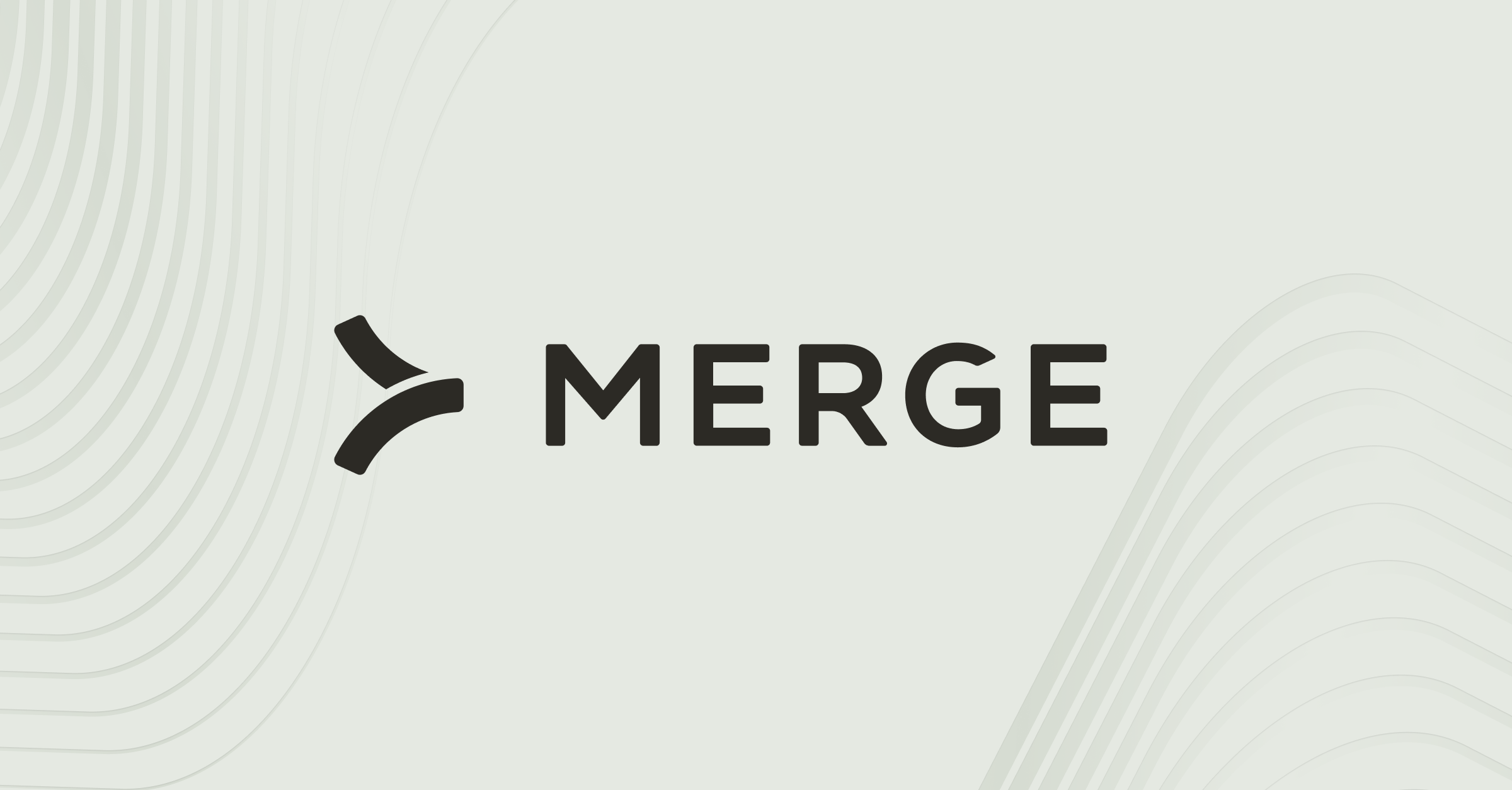7 examples of retrieval-augmented generation (RAG)

Retrieval-augmented generation (RAG) can help your models access reliable and rich data sets, which help them provide more accurate and personalized outputs, consistently.
To help you better understand the benefits of RAG and implement the technique across your models successfully, we’ll break down several customer-facing examples, some of which are used by real-world companies.
Provide highly-personalized lead recommendations
Telescope, a sales automation platform, provides customers with recommendations on leads.
To ensure its recommendations are valuable to each and every customer over time, the platform integrates with customers’ CRM systems and feeds its machine learning model data from these systems, such as the opportunities that have been lost or won, and the contacts at these accounts.
Moreover, since data in customers’ CRM systems is constantly updated, Telescope’s machine learning model can retrieve and use up-to-date information when generating recommendations.

Offer insightful and actionable feedback from sales meetings
Say you offer a virtual ride-along software that helps field sales teams record and analyze their appointments with clients and prospects.
To help your machine learning model offer valuable takeaways on what went well and what could have gone better from a given appointment, you can—similar to the previous RAG use case—integrate your software with customers’ CRM systems and provide your ML model data on the opportunities that've been marked as closed-won or closed-lost, along with various activities and notes logged from these opportunities.
{{this-blog-only-cta}}
Surface the top issues and opportunities for product teams
Imagine you provide an AI copilot that helps product teams uncover the top issues or areas of opportunity over time.
To help your copilot not only do this but also offer sources that support its insights—allowing users to learn more and trust the insights—you can integrate your product with customers’ ticketing tools and feed your ML model information on the customers’ tickets.
Leverage information from a trusted online dictionary when giving feedback on copy
Let’s assume you offer an AI writing assistant that helps users avoid grammatical errors and general writing mistakes.
Your ML model can incorporate new words that enter the mainstream vocabulary and provide consistently accurate and helpful grammar suggestions by scraping online dictionaries, such as Merriam Webster. For a given suggestion, your AI writing assistant can also link back to the relevant link from the scraped site(s), enabling the user to learn more about the suggestion.
Related: 3 best practices for using RAG
Answer a wide range of questions from employees
Assembly, an HR platform, provides—among other offerings—an intranet solution for employers.
To ensure the intranet solution can help users find answers quickly and easily, Assembly integrates with clients’ file storage solutions and feeds employee-related documents to its machine learning model, “Dora AI.” From there, Dora AI can answer questions like “What is my PTO policy?” directly as well as link to the document it pulled from.

Deliver high-fit candidate recommendations
Say you offer an AI platform that uses machine learning to provide recommendations on candidates for specific open roles.
You can generate candidates that are best positioned to thrive for a given role by integrating with the customers’ HRIS solutions and feeding your ML model data on employees, including their performance ratings, locations, and years of experience. You can also scrape specific sites to give your ML model data on working professionals’ previous roles and employers.
Related: Obstacles to using RAG
Calculate key financial metrics and present them in a customizable model
Causal, a financial planning tool, wants to help users analyze financial data quickly so that they can arrive at critical business decisions in as little time as possible.
To help facilitate this, they offer integrations with accounting tools, like Xero and Quickbooks, to ingest customers’ P&L statements. Their users can then request specific metrics, like gross profit or runway, with the click of a button and the machine learning model can not only calculate them but also display them in a model that the client can modify as needed.

Adopt RAG with ease by using Merge
Merge, the leading unified API solution, lets you add hundreds of integrations to your product through a single integration build, enabling your machine learning model to use integration data across your customer base.
Merge also offers normalized data to your product, making your LLM better positioned to generate high quality output more consistently.
To learn more about Merge and how it can support your RAG use cases, you can schedule a demo with one of our integration experts.







.jpg)
